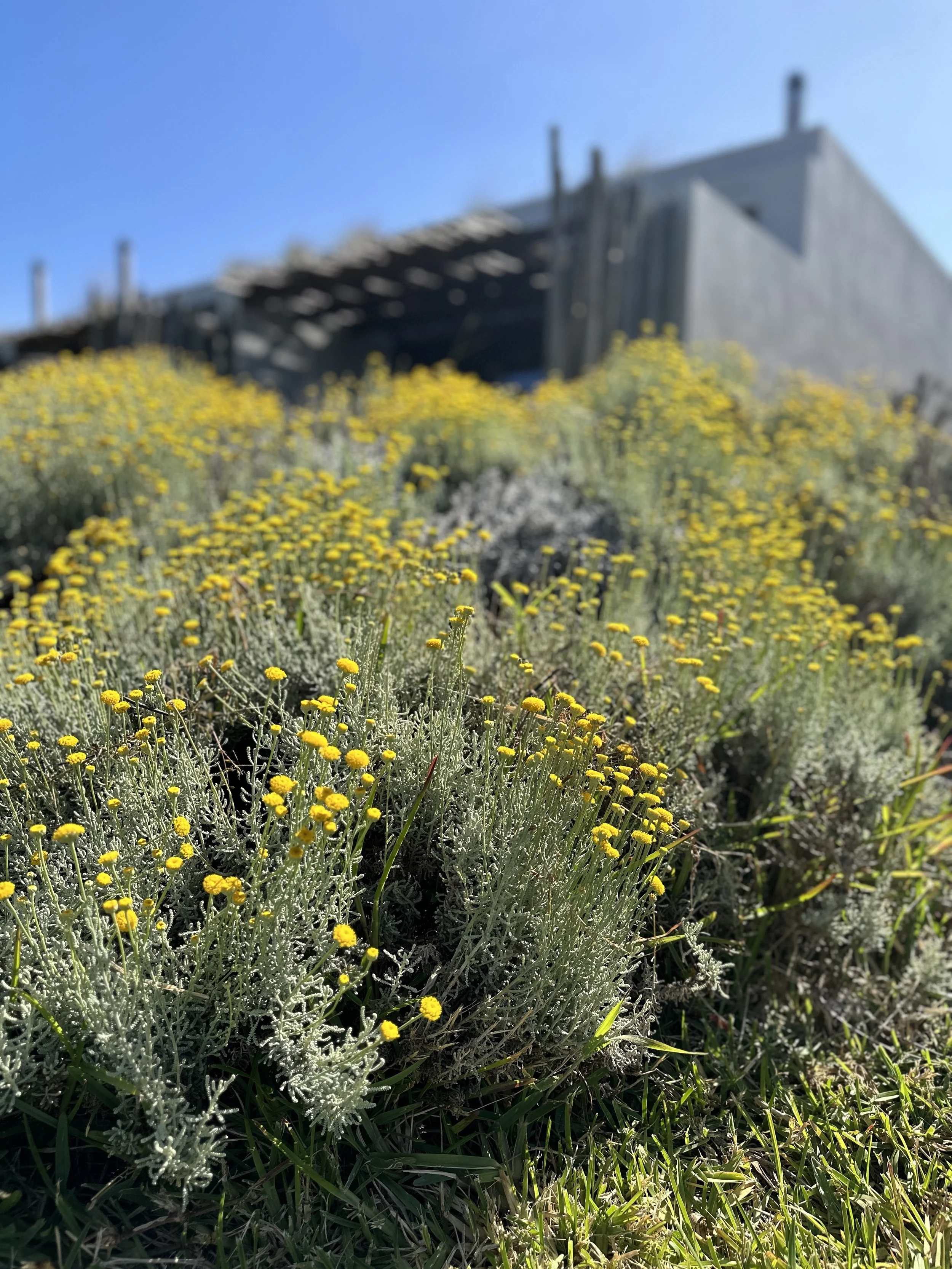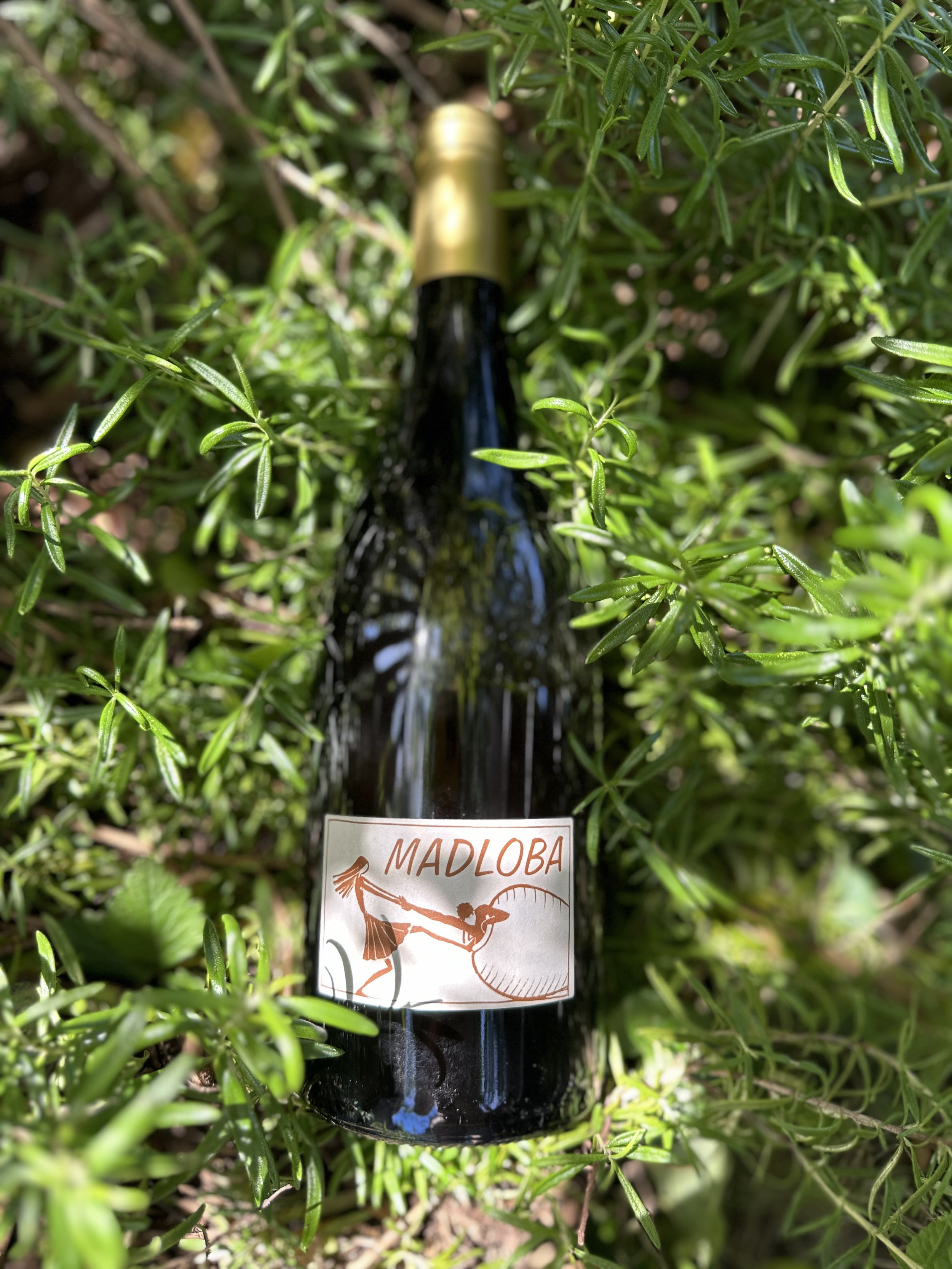June Wine Club: Weird Wild Grapes
On a recent trip to the Portuguese Atlantic coast
If you’ve been to Austin, Texas (where I grew up), you’ll know that “Keep Austin Weird” is a slogan that transforms the word “weird” into a benefit. The same is true with grapes! Grapes that you’ve never heard of and that are hard to pronounce are often that way because they’re only grown in a particular corner of the world and reflect the language and culture of a place. What a great way to armchair travel! This month we feature just that: Obscure varieties and native grapes from Greece, Spain, and France that you don’t come across every day. Once you’ve tried them, you’ll be glad you did.
What’s the climate connection? Glad you asked! These grapes are more likely to grow well with less help—aka pesticides and fertilizer, water, and other types of encouragement from the grape grower in the vineyard. This is because they’re better adapted to being there in the first place. The upshot is fewer resources, a lower carbon footprint, and a good thing for people and planet. And by choosing to nurture what’s there, grape growers use fewer resources than if they ripped up vines and planted international varieties.
And, to celebrate rosé month, we decided to try something a bit different and bring you two skin contact wines (one rosé and one orange) and an easy-drinking white that will knock your socks off. Of the skin contact ones, the orange wine hails from France but is modeled after Georgian wine and the tradition of fermenting wines in amphora vessels, which are incredible relics of the past. Read on below for more.
Do you have wines you’d like to see in the club? Want some help navigating the obscure wine selections in the shop? Wine recommendations you need on the fly? Shoot me a note! I’d be more than happy to chat. And for past months’ write-ups, just click here.
The Wines
Our first wine comes to us from Spain, and it’s just simply delicious. From northern Spain, home of cool museums, architecture, and gastronomic delights comes this Basque specialty made from the Hondarribi Zuri and Hondarribi Beltza grapes. The producer, Txomin Extaniz, is such a benchmark producer that it appears in the Spain section of the World Atlas of Wine, which was a fun discovery that I had when researching selections for June.
This type of wine is called txakoli, and it’s a style of wine from this part of the world that is worth knowing. Great with seafood and fresh-tasting, it benefits from proximity to the Atlantic, much like the Portuguese vinho verde. There’s a playful pitcher that is traditionally used to drink txakoli called a porron, with which users pour the wine directly into their mouths. It’s a pretty festive way to enjoy wine!
— Txomin Etxaniz Txakolina 2022
I’ve loved Greek wine for a long time. I studied Modern Greek language at school and had the chance to study abroad in the Greek islands and try good wines. My knowledge of Greek is a fun relic of my own past (it does not come in handy on the daily!), and I hope to be able to use it to do some in-depth research on Greek wines someday.
This wine hails from Crete and is made mostly from the Kotsifali grape with a bit of Syrah blended in. Kotsifali is an indigenous grape to Crete, which is an island off on its own a bit in Southern Greece and the wines of which were very popular in the Middle Ages. Domaine Paterianakis farms organically and takes advantage of gravity in the winery to transfer the juice to skin contact tanks, which is an energy-saving method for sure.
Later this month in the “Learn” tab of the site, we’ll feature an interview from our friend Chrisa Giorgi from Crete, who is a documentary filmmaker focusing on wine. Excited to go even more in depth with this one!
— Domaine Paterianakis Melissinos Rose 2022
Finally, we have a wine that is a little bit more of a “thinking wine,” as orange wines often are. From grapes Marsanne and Viognier, we’ve got Domaine des Miquettes Vin de France "Madloba" Ambre. It’s from two sites near and in the Rhône, and the growers Paul Estève and Chrystelle Vareille farm organically and harvest manually. The processes they use to make their “Madloba” wines, of which there is a red as well, are modeled after techniques they saw on a trip to Georgia, which is often hailed as the birthplace of orange (or amber) wine. Specifically, Paul and Chrystelle use 26 clay amphorae (or clay jars) buried in the earth to ferment and mature their Madloba wines.
This wine is fresh off of the water, and you won’t be able to find it anywhere else right now, which is fun. Santé and let us know what you think!




